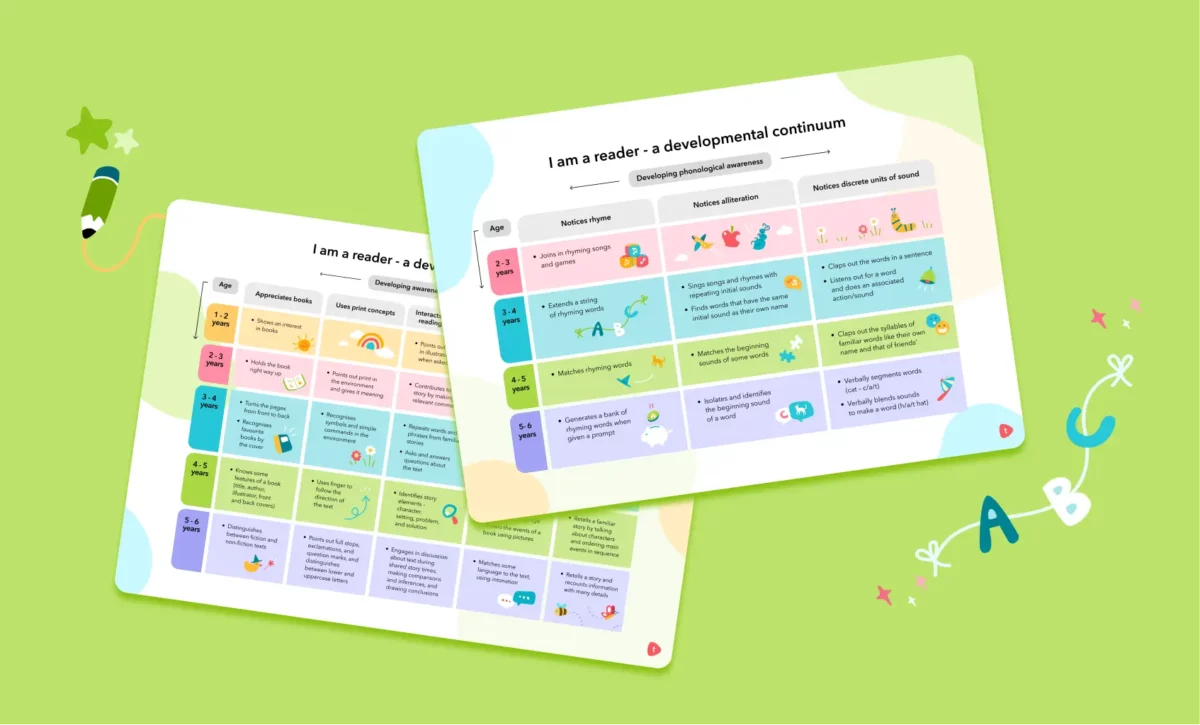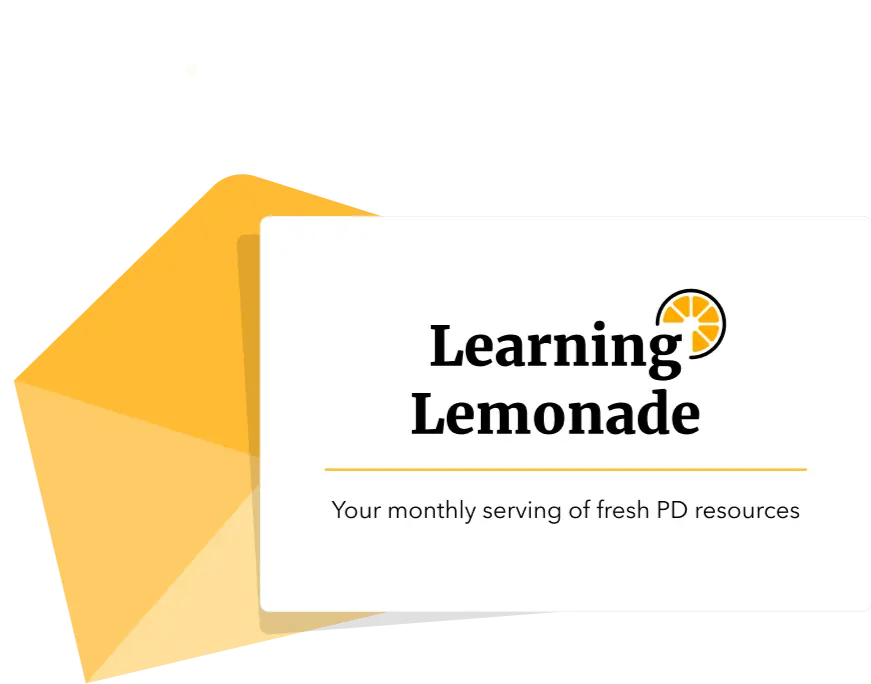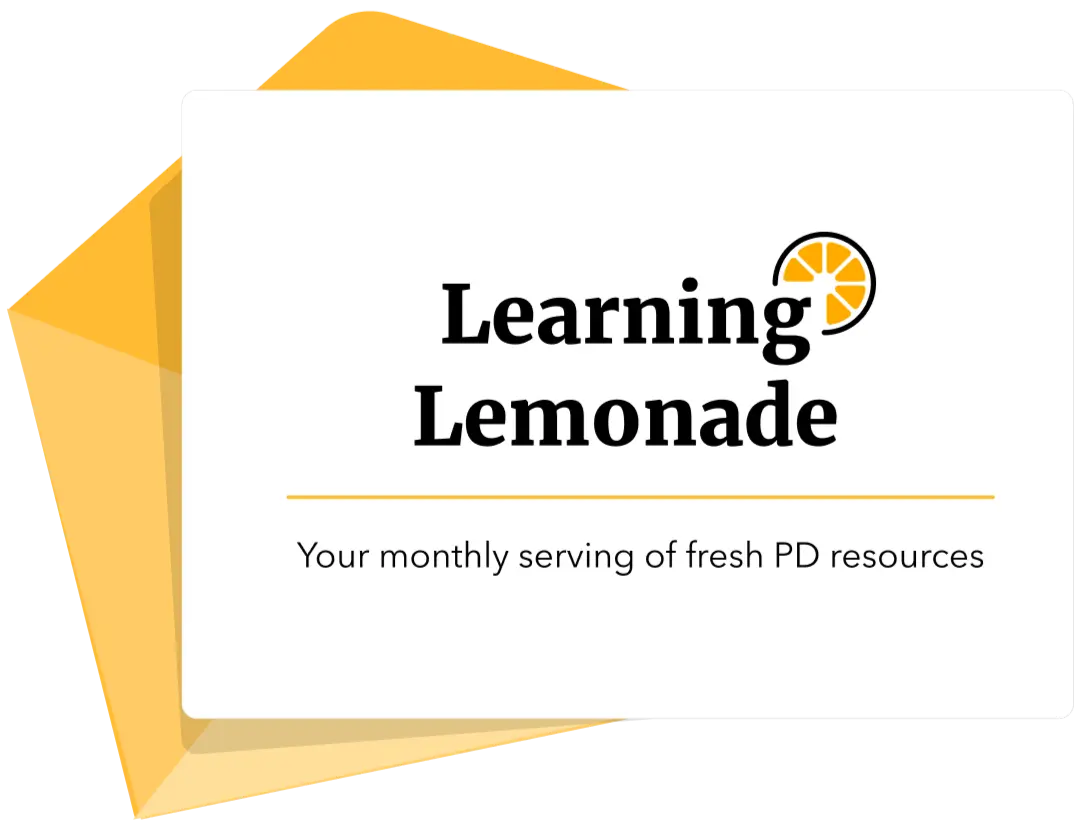The Role of Command Terms in the MYP
It’s not just semantics!
I went to 8th grade at a private school in my hometown of Curitiba, Brazil. One mid-week afternoon, I asked my mom for some help with a project on photosynthesis — I had to make a poster. She asked me what photosynthesis was about, which I could explain. Then she asked me for the poster requirements, which I did not know how to explain. “The teacher just said we have to make a poster”. She shrugged and said, “I guess we’ll paste some leaves on the paper?” and we spent a couple of hours doing crafts but not learning much else about the topic.
This warm memory of motherly support sprung to mind the first time I ever looked at a rubric, during my first year of teaching. “Students can know what to do and how well they’re doing at the same time! Perfect!”, I thought. The next lesson, though, was far more brutal: the language of an assessment rubric matters. A poorly designed rubric can get in the way and sometimes misrepresent ability.
I, for one, am thankful that someone (more likely a team) much smarter than me has already produced the MYP rubrics. What’s left to do is create meaning of the command terms within them. Here are three ways we can do that.
Use command terms with student expectations
Hattie’s effect size list has “self-reported grades”, what he wishes he had called “student expectations”, at the top of the classroom domain.
The practice is quite simple: have students predict their performance on an assessment. Hattie argues that students are quite accurate at doing this. An understanding of the command terms is crucial if this is to be the case in an MYP classroom.
The first reason is that the command terms are aligned with the level of performance in the rubrics. MYP assessments aren’t about how much you know. They’re about the level of complexity of your understanding.
In a non-MYP course, students can intuitively predict their performance because of their familiarity with percentages. “I think I can get 50% of these questions right”, one student might say. If the student is having a good day and predicts a 60%, she knows that all it takes is answering another 10% of the test correctly. To make good predictions in the MYP, students need to know the command terms so they recognize the levels of the rubric in the context of the assessment.
Secondly, the difference between “state” and “outline” is not symmetrical to an improvement between “outline” and “describe”. Even though the numbers on the left indicate otherwise. In other words, moving from one level to the next requires increasingly complex thinking that is not separated by even increments. Nor can it be quantified the same way as a percentage or a letter grade. It’s a bit like going up a set of stairs with uneven steps, arguably with the top steps being more difficult to climb. The good news: having students make predictions on assessments is a zero-risk practice that you can start tomorrow. Even without really knowing much about command terms. Use the feedback from trying this out, and get ready to…
Re-imagine teaching using the language of command terms
The reflection that inspired my ToddleTalk was essentially on how we ask questions. Teachers seek to uncover what students know and don’t know, so we can bridge the gap. Asking good questions is an essential part of doing that.
“In 2008, I walked into a DP classroom for the first time. Eager to know more about my students, I wanted to spend the first 5 minutes of class asking each of them where they were from. “Serbia”, the first one answered. The second student had a puzzled look: “Well, I was born in Singapore, but my dad is German and my mom is Serbian. I never really lived in Singapore and grew up in different places in Africa. I moved here last year”. This is going to take forever, I thought!”
There’s a better question to ask instead of “where are you from?”, but what I experienced is the trouble with question words. They don’t indicate the complexity of the answer we expect. The kid from Serbia also has his reasons for his answer: he was born there, or he’s from a Serbian family, or maybe that’s where his passport is from. But he chose not to share it.
There’s a bit of an inclusion piece here, as well. Consider the question “what is the central theme in this book?” Strong students who ‘know it’ will offer more complete answers, perhaps with a justification. Others might be left unchallenged to extend their thinking. Command terms in conversations and classroom activities allow students to explore their understanding in a variety of levels of complexity and purpose.
Try this: nobody really ‘speaks’ in command terms, so after asking a question like “what are the stages of mitosis?”, you might then rephrase it: “if I were asking this in an assessment, I would ask you to ‘outline’”. This opens the door to “great, now ‘describe’” and so on. Here’s a visual of what that might look like.

Practice makes perfect, as you become even more proficient in using command terms, it’s time to…
Create a shared understanding of command terms in vertical teams
I hesitate in speaking about horizontal alignment and command terms. I am not sure there is value in having teachers agree on the meaning of command terms at a grade level. Vertical alignment, however, is crucial for students to understand their progression in the MYP.

MYP Sciences Assessment Criteria, Sciences Guide, International Baccalaureate Organization 2014
The importance of this overlap is that it highlights that the progression through the MYP is not one of the accumulation of knowledge. It’s about flexibly communicating knowledge at different levels of complexity. It’s about knowing where you are (I can outline this) and where you want to go (I want to be able to evaluate this).
Things to try: It’s important to ask questions when designing assessments and learning experiences. “What do we expect students to answer when we say “explain” in this particular topic?”. This should start conversations about the meaning of the command terms. Everyone should then refer to the descriptions in the appendix of the subject guides.
Also, don’t be afraid of other disciplines. A Physics teacher can always ask a Biology teacher “if the student here has ‘outlined’ this piece of knowledge, what then, would the student need to have done to ‘describe’ it, or ‘explain’ it? Don’t dismiss opportunities for standardization in different subjects or disciplines. Interdisciplinary units (IDU’s) and the Personal Project are great opportunities for this.
This, in turn, should break disciplinary boundaries and have departments ideating around assessment. What common agreements could there be to clarify the use of command terms in the department? What elements of assessment design could help the department in that journey?
You’ll notice that these three action plans start with students, then the teacher, and then departments. Consider this a suggestion for starting small. Once you’re sold on the benefits in your classroom, you’ll be better equipped for getting colleagues involved.
Related resources
Liked this resource? Here are a few more you might like to explore:












